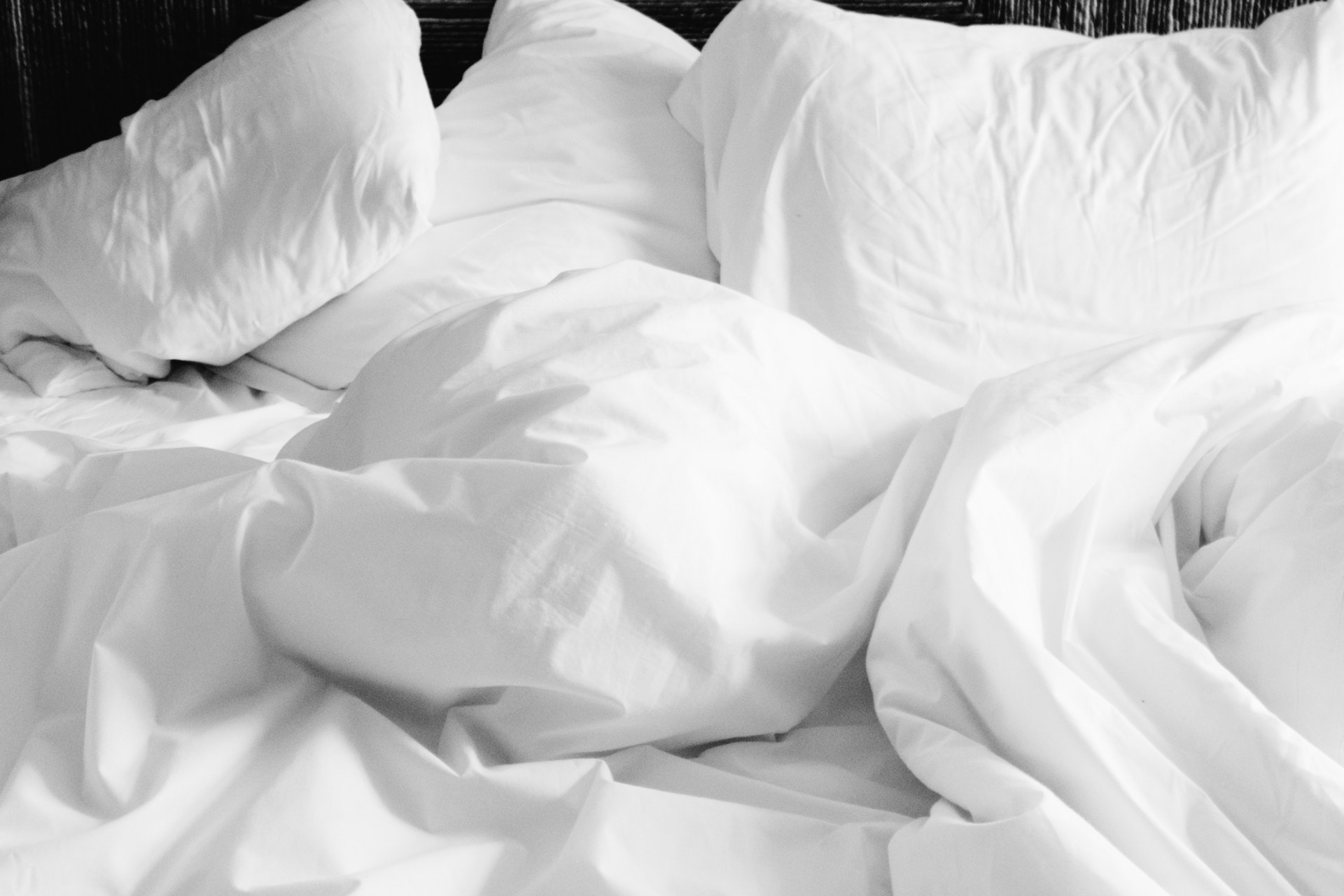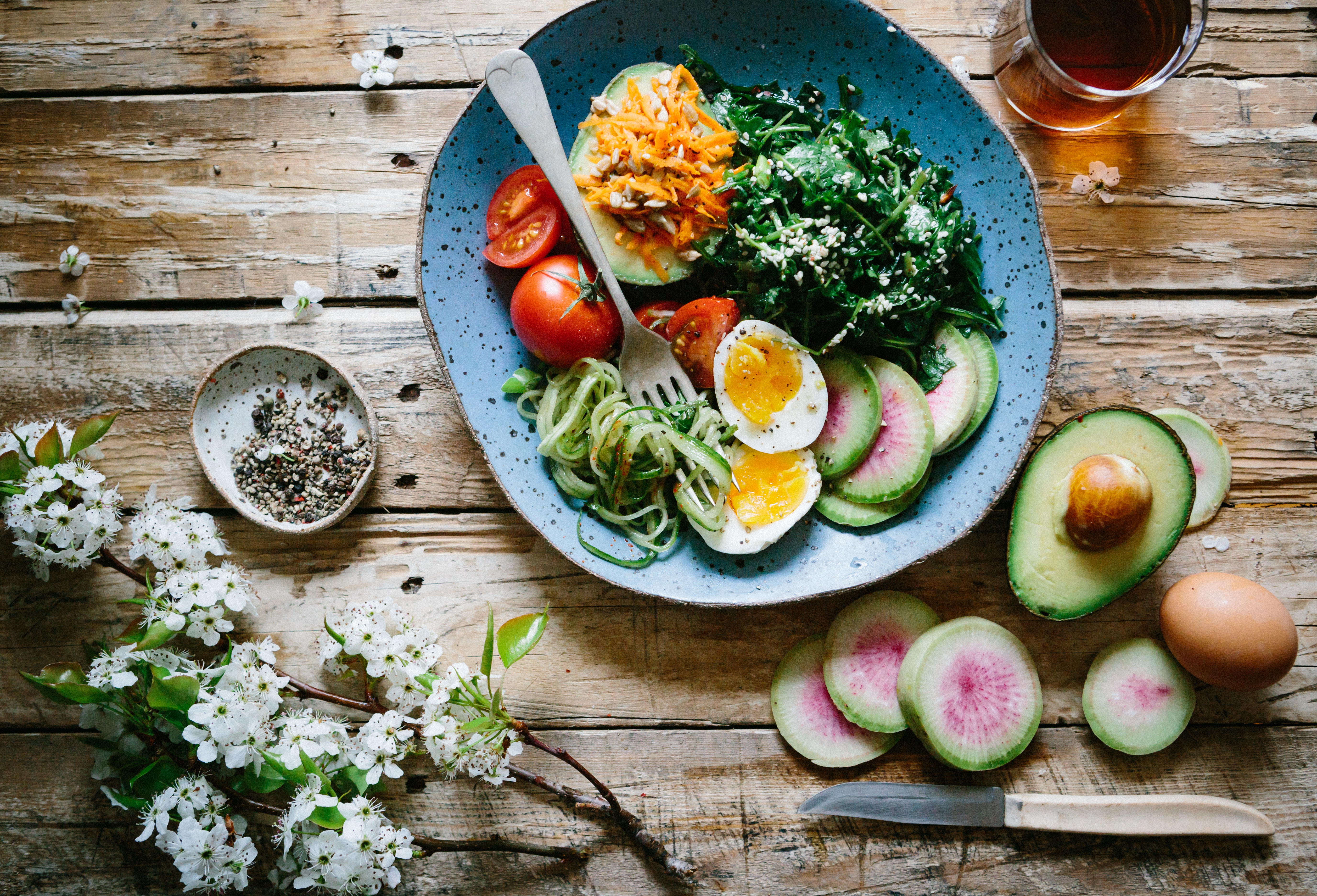The SNES Method for Health
I’ve been reading about ways to improve my overall level of health for my entire adult life. When I entered my 40s, I really began to think deeply about what I can do to develop and maintain at least a moderate level of physical fitness. I began to experience a series of health challenges, and I realized that I was losing the benefit of youth and had to work on actively feeling good and fitting into my clothes!
I’ve tried a variety of health improvement plans from thousands of articles, health-focused Twitter and Instagram accounts, and friends and associates. It’s easy to fall into analysis-paralysis when figuring out what works best for achieving your health goals, and I wanted a lightweight way to think about my health and wrap action plans around a simple framework.
I’ve boiled down what I’ve learned into an acronym called SNES. This stands for:
- Sleep
- Nutrition
- Exercise
- Stress
Using the SNES Method helps me optimize the four primary components of my physical health and keep them in balance.
Sleep
This is the first priority because nothing else you do can really compensate for a lack of sleep. It’s vital to optimize the amount and quality of your sleep. I’ve found that I need at least 7 hours of sleep each night, and I really thrive when I can get 8 hours.
I’ve left companies to find a role that lets me get enough sleep. The ability to work remotely has been the biggest game changer is improving the amount of sleep I get. Not having to spend hours commuting opened up time in my schedule to let me spend time with my family after work and also get enough sleep. I feel so much more present and aware now that I’ve made this change.
In addition to improving the quantity of my sleep, I’ve also made improvements to the quality of my sleep. I avoid working in bed and try to see my bed solely as a place to sleep. I also try to avoid looking at a screen right before I go to sleep. Ideally, the last thing I do before going to sleep is chatting with my wife for a few minutes in the dark as we lay in bed. Doing this has helped me wake up feeling refreshed and feeling like I actually got a good nights sleep.
Nutrition
My main tools for how I approach nutrition are intermittent fasting and keto. I felt bulletproof up until age 40, but the past few years have brought kidney stones and a blood clot in my left leg. Intermittent fasting and keto have done wonders for both, and I also follow a low oxalate diet.
I follow a four hour window when it comes to fasting. That means that I only eat between 4pm and 8pm each day, and I fast the other 20 hours. However, it took me some time to build up to this approach to how I eat. I started eating breakfast later and later until I eventually skipped it. I then did the sam thing for lunch. I now find that I don’t even get hungry until 4pm because my appetite has adjusted to my eating schedule. Keep in mind that I do drink water when I’m fasting because hydration is critical for someone like me who forms kidney stones.
When I do eat, I emphasize vegetables (especially cauliflower, green beans, and salad) and a moderate amount of protein. I also eat about four eggs a day because there is so much nutritional richness in both the yolk and the white of the egg. I do eat a low amount of carbs, but I avoid sugar and dairy.
Exercise
Sleep and nutrition are about improving the things you have to do every day. Exercise is an optional activity, but it’s an extremely important investment in your health. I don’t like exercise, but I love how it makes me feel. I recommitted to exercise several months ago, and I started just walking around the block, and I have built up to working out 2-3 times a week in a gym and hiking a couple of times a week. And, I don’t spend much more than an hour per workout. A little goes a long way.
I normally do weight machines when I workout at a gym because I like the way I can target certain muscle groups. I usually do a full body workout and try to hit everything from my neck muscles down to my calves. However, I’m currently shifting to more body weight exercises like lunges, planks, and push ups. This helps me build strength using natural body movements instead of the artificial motions used in machines. I’m also working more stretching into my workout routine because bodies stiffen as they get older.
Stress
This is at the end of the acronym because it’s important to end stress in our lives. Of course, totally ending stress is impossible, but it’s always worth learning better ways to manage stress. One key tool in this area is embracing the fact that I’m an introvert, and a lot of my self-care is giving myself time to rest and research in silence and solitude. That’s how I recharge and recover from stressful situations.
I mentioned above that I’ve changed jobs to get more sleep, and I’ve also changed jobs to get away from stressful work environments. While I’ve been fortunate to have very good experiences over a multi-decade career, I’ve had a handful of managers who were incompatible with my working style. Thankfully, I’ve been able to move away from those situations, and I’ve never regretted making those moves. No company or role is perfect, but I’ve found that stress levels can vary widely based on your manager and the culture of the organization.
Summary
While staying healthy and fit can be complicated, the SNES method is a lightweight framework for thinking about the components of a healthy lifestyle. Each component can be modified according to the goals you’re trying to achieve. I primarily want to be energetic and active for the next few decades of my life, and I’m finding the SNES method to be very effective for achieving those outcomes.





